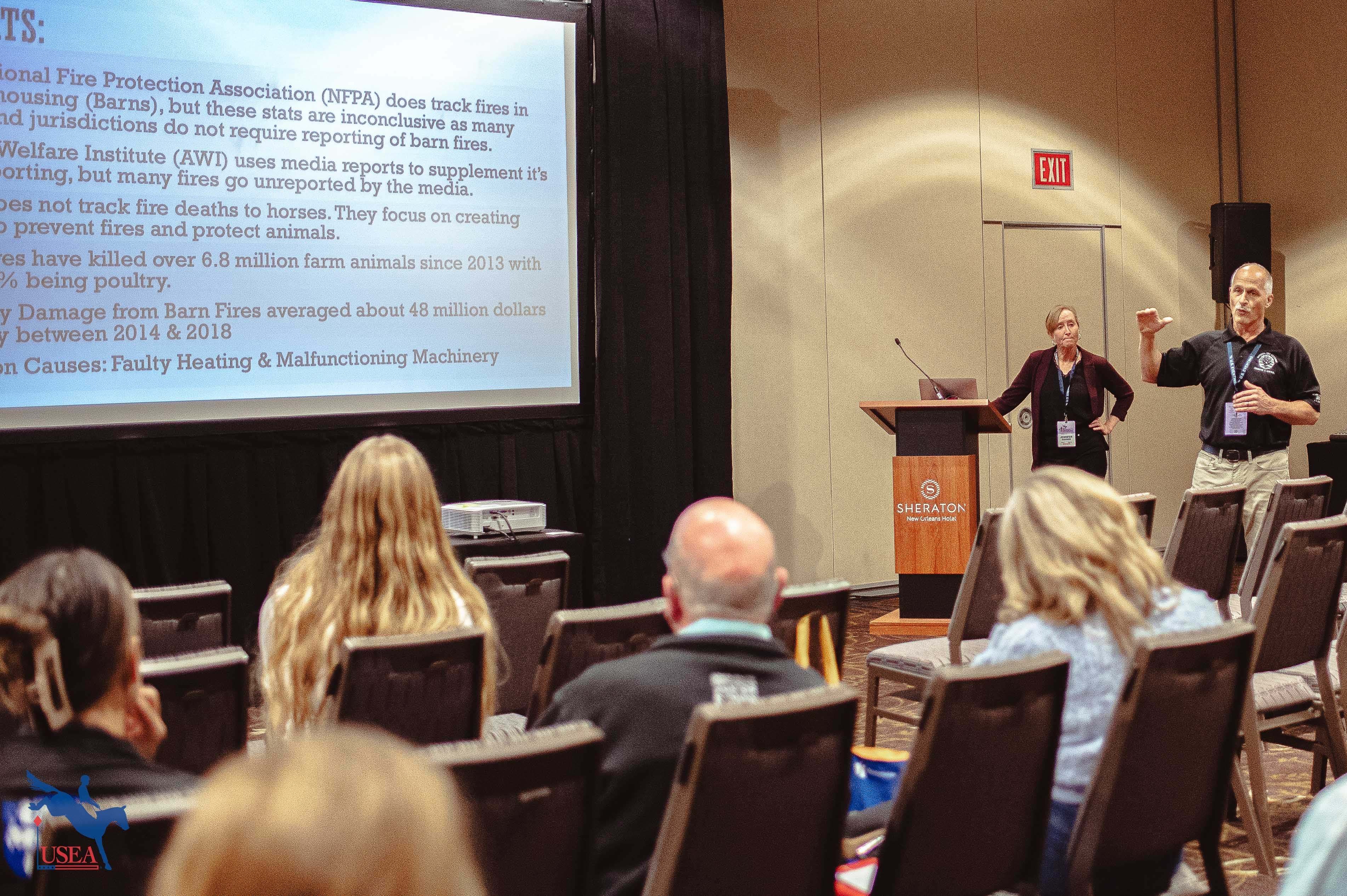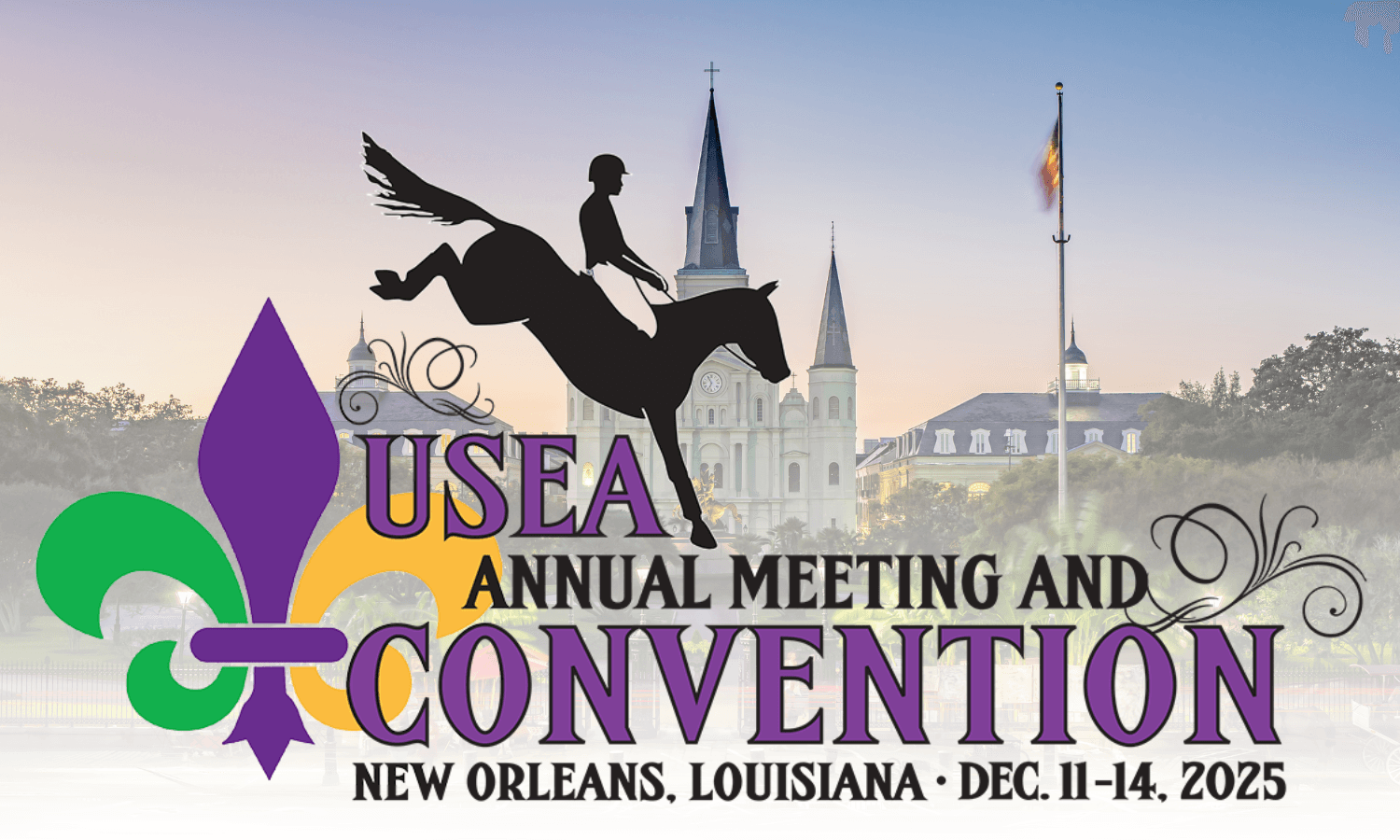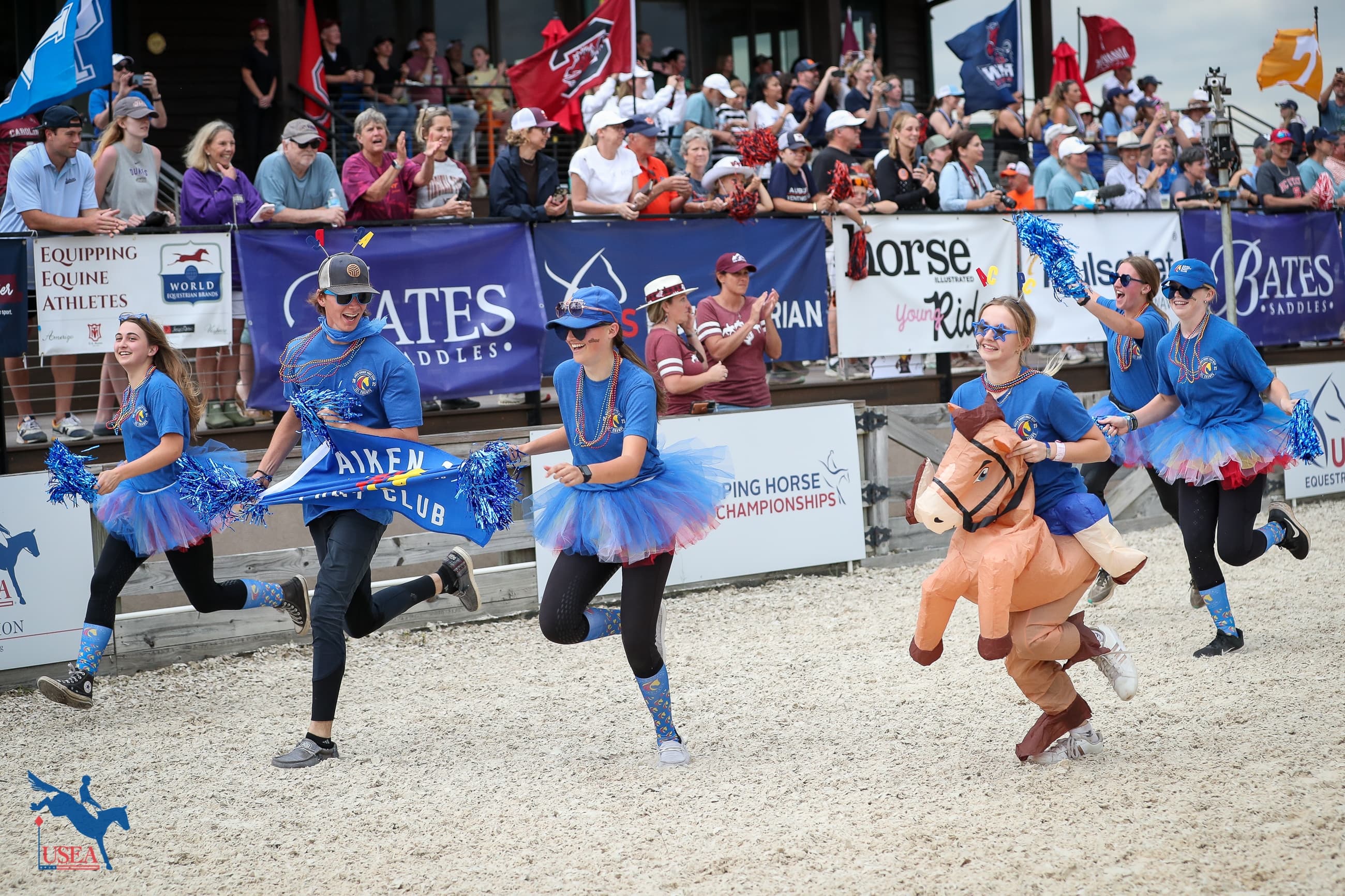USEA Events A-Z: Rocking Horse Stables Horse Trials
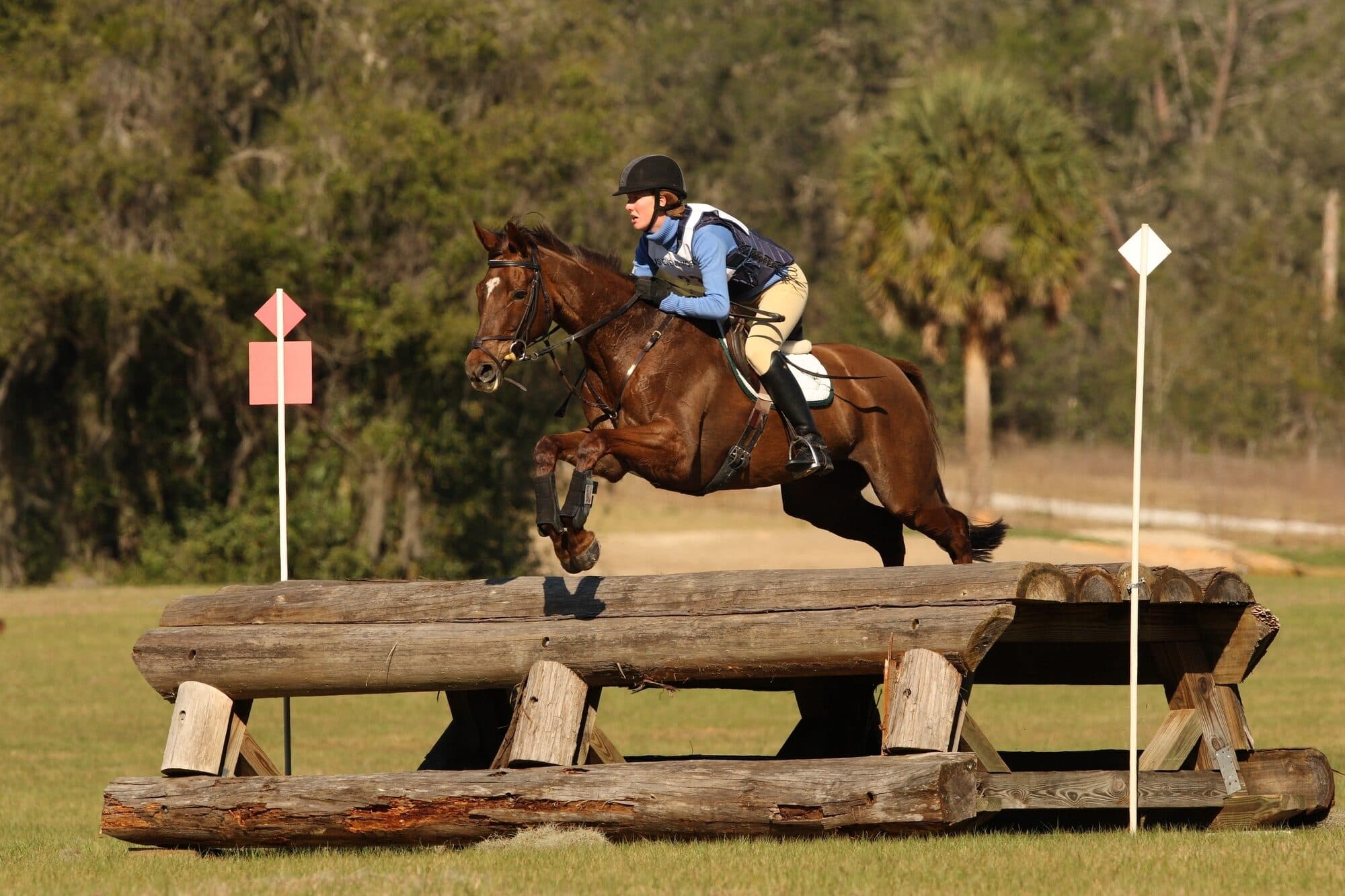
The Rocking Horse Stables Horse Trials take place five times every year in Altoona, Florida (Area III), four during the winter/spring season and one in November. Each event offers Beginner Novice through Intermediate levels with their second event of the year also offering Advanced. The facility also is open for schooling on select days throughout the year.
The property that is home to Rocking Horse Stables was purchased by Marion “Mel” Viles in 1968. After a lot of hard work and significant investment in the property, Rocking Horse hosted its first horse trials in 1986. “Marion had a vision to build a competition venue like no other,” said Jeanne Merrill, the event’s current co-organizer. “She loved horses and dedicated all her time to breeding, raising, and training them. She also offered lessons and held clinics.”
Viles passed away suddenly in 1990, and the property sat unused for over a year until Shelley Lambert (now Page) and Rebecca Sharp teamed up to continue Viles’ dream of seeing events hosted at Rocking Horse. In 1994, the Sharp family purchased Rocking Horse Stables, and for the next 10 years, Lambert and Sharp worked together to run the day-to-day operations of the farm as well as host multiple horse shows.
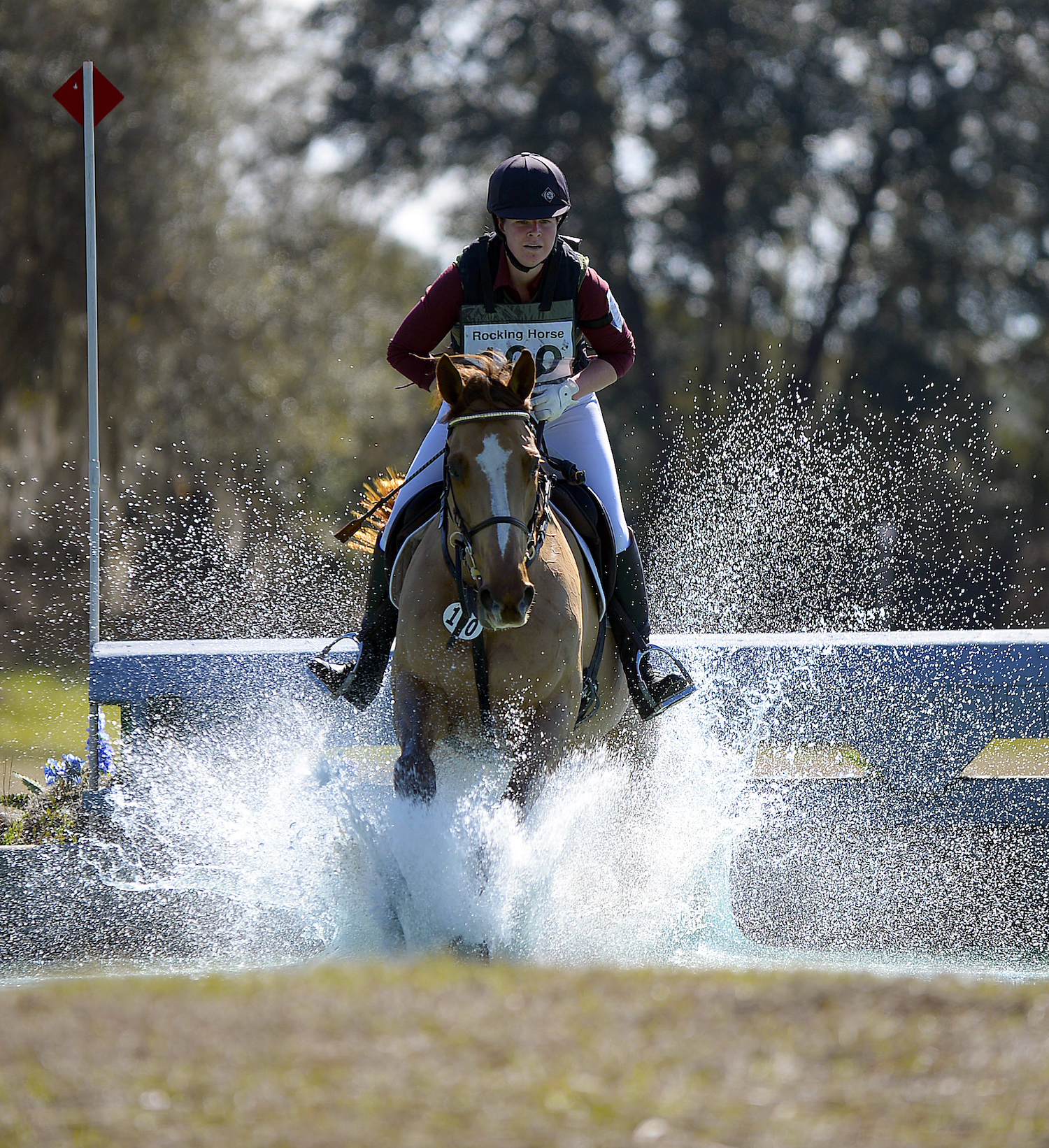
In 2000, Sharp left Rocking Horse to Alice Andrews, who then ran the facility until her retirement in 2011. That’s when Merrill and Leyna and Brian Cannon took over running Rocking Horse and they have been busy ever since making improvements and overseeing the daily operations of running a recognized event facility.
“Rocking Horse is a family run business and it takes all of us working together,” Merrill shared. “Leyna and Brian have been blessed with two beautiful children, ages three and one. Often during the shows you can see Leyna, Brian, or myself with one or both of them in tow! We just have to balance it all. My husband, David, can also be seen at each show lending a hand wherever it’s needed and always pitching in to make things run smoothly. Our winter season is crazy here - we run four shows in two and a half months. The preparation for getting ready for the next winter show is non-stop, but things always get done!”
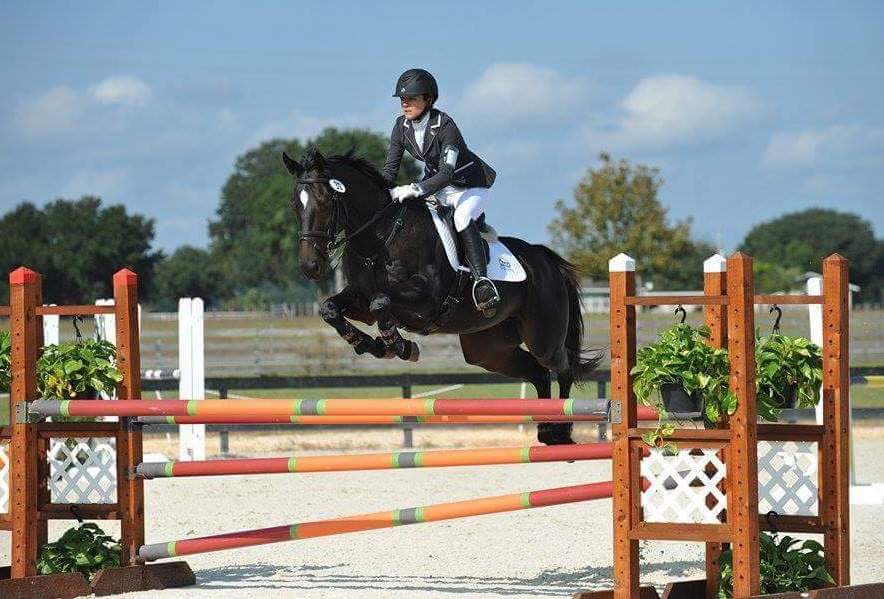
Rocking Horse Stables sits on 150 acres and boasts three barns with a total of 140 permanent stalls, 36 in the main barn and 52 each in the two show barns. There are three dressage rings and two show jumping arenas in addition to the cross-country course, which has obstacles ranging from Beginner Novice to Advanced.
“I think the one thing that sets us apart from other venues is our beautiful cross-country course,” Merrill commented. “Although most of Florida is flat, Rocking Horse does have a little ‘roll’ to it. There are not a lot of venues in this country that have palm trees on course as well as big beautiful live oak trees. The course winds in and out of those oaks and palm trees, which makes a beautiful backdrop for pictures, especially with the hanging moss! The course also has two water jumps, a number of ditches, and a sunken road which offers a bit of a challenge for the rider and horse.”

Roger Haller was Rocking Horse’s first cross-country course designer and was instrumental in bringing the event up to the standard of a USEA recognized event. With his help, Rocking Horse hosted the 1987 Pan American Games Selection Trials and the 1988 Olympic Selection Trials. Following Haller as course designer was John Williams, whose expertise and knowledge further elevated the caliber of Rocking Horse’s courses. In 2004, Williams brought on Morgan Rowsell to assist, and Rowsell later inherited the job of course designer from Williams. “Morgan has been designing the cross-country course to have safety in mind for the rider and horse while still presenting the best courses for all,” Merrill said.
“We are fortunate that our own Brian Cannon of BC Jumps is always busy building and adding to our huge selection of portable jumps,” Merrill continued. “It gives Morgan the flexibility to change things around. Morgan makes sure that each event has a totally different track to it, including a new start and new finish. That way, it’s always something new and fresh for the riders. Since Rocking Horse runs most of our shows at the start of the season, Morgan does a great job starting the year with a very friendly course that is inviting for new riders and young horses. Each show to follow has a more challenging course.”
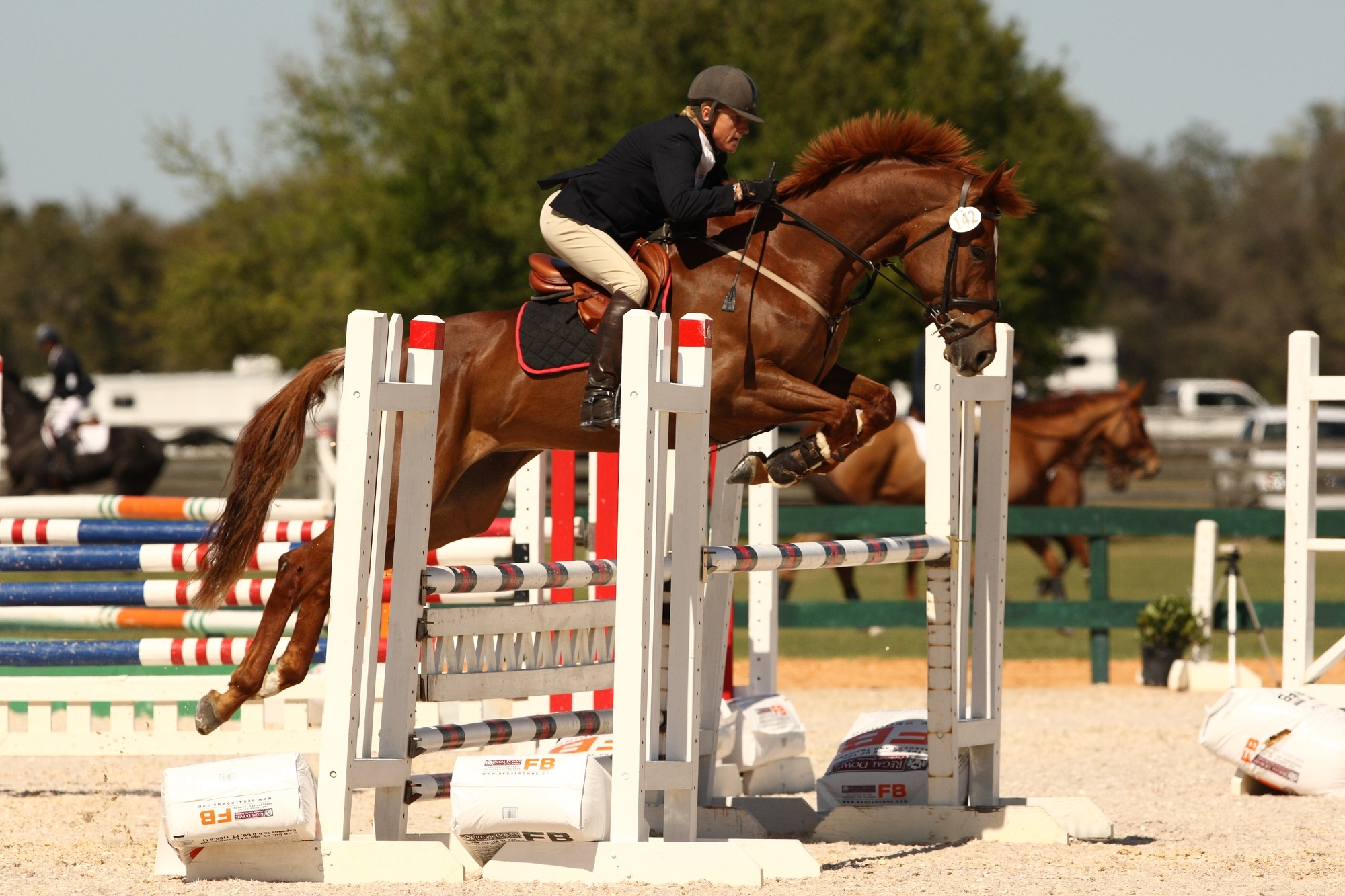
Jan Brodkin has been designing the show jumping tracks at Rocking Horse since the 1980s, and she said she enjoys the challenge presented by Rocking Horse's relatively small arenas. "I couldn’t ask for a better group to work with," Brodkin said. "We always have beautiful jumps and a great coordinated team to keep the footing well maintained during our events. The Merrills are always looking for ways to improve this already fabulous, friendly venue!”
“We feel that we have a very strong family-orientated team that knows their jobs and performs them well,” Merrill observed. “Because of this, our events are well-run, even with entries running to over 500 in the winter. We also are fortunate to have an amazing volunteer base and many of those volunteers have been coming for years! When an event is well-staffed with volunteers, things always run more smoothly. Volunteers are instrumental in running a good show and we can’t thank them enough. We actually have some that come for the weekend in their RVs and make a long weekend out of it!”
Allison Thomas, Rocking Horse’s Volunteer Coordinator and 2016 Area III Volunteer of the Year, has been instrumental in cultivating the volunteer base that makes the horse trials possible. “Thomas works directly with me and Leyna to ensure that enough volunteers have been recruited and educated so the events run seamlessly and competitors enjoy a great experience,” Merrill said. “Allison has a special way of making everyone feel at home – not an easy task with so many volunteers. I don’t know what I’d do without Allison. We are so grateful to have her!”
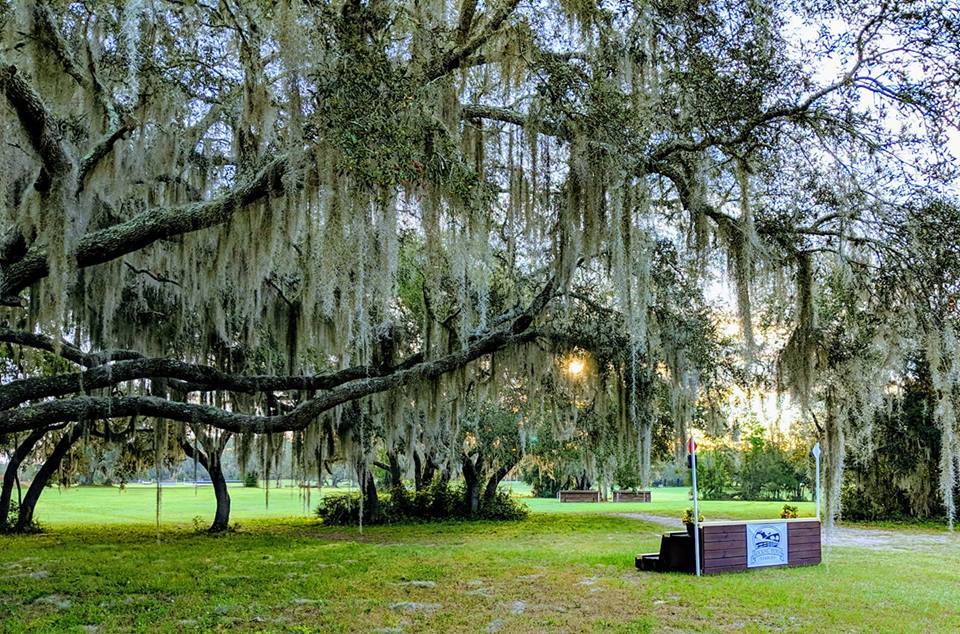
Merrill concluded by sharing that her favorite part about organizing the events at Rocking Horse is getting to see her “extended family.” “Over the years we have built a lot of lasting friendships and all of us work together and make the events better each year for the riders. Listening to what the riders say is one of our best ways to improve the facility each year. Rocking Horse will always strive to make each event the best experience possible for all! It’s their event, and the riders deserve a friendly, well-run show!”
The USEA is profiling the history behind all USEA recognized events in the USEA Events A-Z series.

